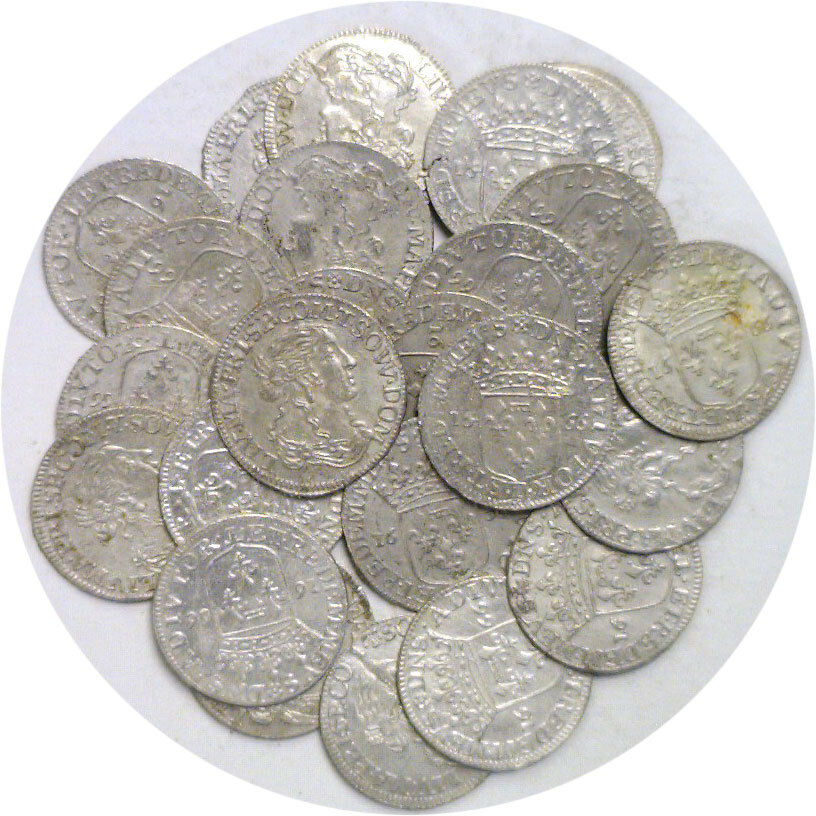-40%
Feodosiya CAFFA Genoa Colony Italy 14 th ASPR Golden Horda Crimea Ukraine 86
$ 6.33
- Description
- Size Guide
Description
U8. 86.98. K173Between 1204–1261 and again in 1296–1307, the city of Caffa was ruled by Genoa's chief rival, the Republic of Venice. In the late 13th century, traders from the Republic of Genoa arrived and purchased the town from the ruling Golden Horde. They established a flourishing trading settlement called Caffa (or Kaffa), which virtually monopolised trade in the Black Sea area and served as the chief port and administrative centre for the Genoese settlements around the Sea. It came to house one of Europe's biggest slave markets. Under Genoa since 1266, Caffa was governed by a Genoese consul, who since 1316 was in charge of all Genoese Black Sea colonies. It is believed that the devastating pandemic the Black Death entered Europe for the first time via Caffa in 1347, through the movements of the Golden Horde. After a protracted siege during which the Mongol army under Janibeg was reportedly withering from the disease, they catapulted the infected corpses over the city walls, infecting the inhabitants, in one of the first cases of biological warfare. Fleeing inhabitants may have carried the disease back to Italy, causing its spread across Europe. However, the plague appears to have spread in a stepwise fashion, taking over a year to reach Europe from Crimea. Also, there were a number of Crimean ports under Mongol control, so it is unlikely that Caffa was the only source of plague-infested ships heading to Europe. In addition, there were overland caravan routes from the East that would have been carrying the disease into Europe as well.[2] Caffa recovered. The thriving, culturally diverse city and its thronged slave market were described by the Spanish traveller Pedro Tafur, who was there in the 1430s. en.wikipedia.org/wiki/Caffa#Caffa
KM










